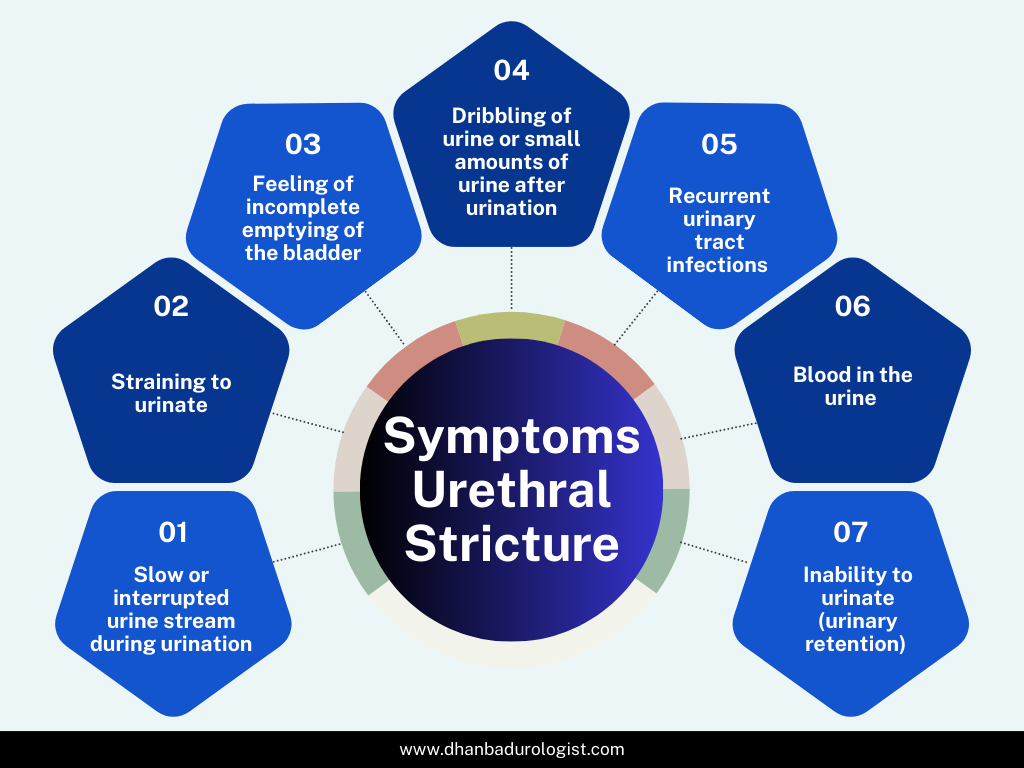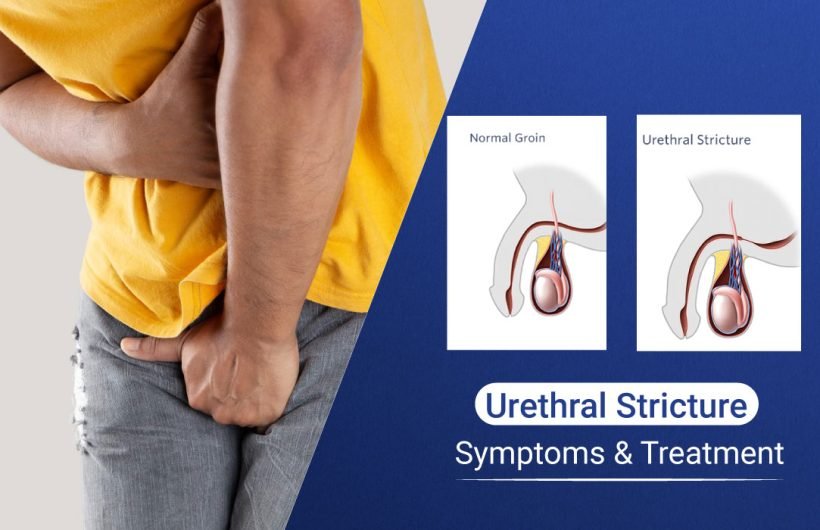What is Urethral Stricture?
A urethral stricture refers to an abnormal narrowing of the urethra, the tube that drains urine from the bladder. The urethra plays an important role in allowing urine to flow from the bladder and exit the body during urination. However, when the urethra becomes narrowed or constricted due to injury or other causes, it can restrict the flow of urine and lead to bothersome lower urinary tract symptoms.
Urethral strictures are more common in men than women due to the longer length of the male urethra. The condition involves a scar tissue formation within the urethra that causes it to become stiff and narrow. This restricts the normal flow of urine from the bladder. Left untreated, a urethral stricture can worsen over time and potentially damage the kidneys if urine is unable to drain properly.
Causes of Urethral Stricture
There are several potential causes of Urethral Stricture that can damage the delicate tissues of the urethra and lead to scar formation:

- Traumatic injury: Direct blows or straddle injuries to the perineum are a common cause of urethral strictures in men. Falling on the crossbar of a bicycle or being hit in the groyne area are examples that put force on the urethra.
- Medical procedures: Past urethral surgeries, catheter insertions, and other instrumentation of the urethra increase the risk. Repeated procedures allow more time for scar tissue to develop.
- Infections: Bacterial infections like gonorrhoea can infect and inflame the urethra. This is a major cause in developing countries. Other infections linked to strictures include chlamydia.
- Radiation therapy: Radiation treatment to the pelvic region for prostate, bladder or rectal cancers may damage the urethra over time and lead to scarring.
- Idiopathic: Rarely, urethral strictures can develop without an obvious cause in approximately 10-15% of cases.
Risk Factors for Urethral Stricture
Several factors increase a person’s susceptibility to developing a urethral stricture:
- Age: Risk rises with age as tissues weaken naturally over time. Most strictures occur in men over 40.
- History of urethral trauma or instrumentation: Each injury or surgery adds to the risk of scarring.
- Diabetes: Poorly controlled blood sugars can slow healing and increase scarring after any injury to tissues.
- Smoking: Long-term smoking is linked to poorer wound healing throughout the body.
- Spinal cord injury: Lack of bladder and urethral sensation puts these patients at higher risk for repeated injuries from catheters.
Urethral Stricture Symptoms
The severity of Urethral Stricture Symptoms depends on the location and size of the stricture within the urethra. Common signs that a urethral stricture may be present include:

- Slow or interrupted urine stream during urination
- Straining to urinate
- Feeling of incomplete emptying of the bladder
- Dribbling of urine or small amounts of urine after urination
- Recurrent urinary tract infections due to poor emptying of the bladder
- Blood in the urine (hematuria)
- Pain or burning during urination (dysuria)
- Inability to urinate (urinary retention) in severe cases
Urethral Stricture Treatment
If a urethral stricture is suspected based on symptoms, Urethral Stricture Treatment
tests can help confirm and locate the site of narrowing:
- Uroflowmetry: Measures urine flow rate which will be slower with a Urethral stricture.
- Ultrasound: Can detect obstructions and measure post-void residual urine left in the bladder.
- Cystoscopy: The gold standard test where a thin camera is inserted into the urethra and bladder to directly visualise any strictures.
- Voiding cystourethrogram (VCUG): X-ray of the bladder and urethra during urination to detect sites of narrowing.
- Urethrogram: Dye is injected into the urethra for X-ray imaging of the entire urethra.
Treatment Options for Urethral Stricture
Treatment aims to reopen the urethra and relieve symptoms. Options depend on the severity and location of the stricture:
- Dilatation: Gentle stretching of the urethra using tapered dilator tools inserted periodically. Best for short, mild strictures.
- Urethroplasty Surgery: More complex procedures to repair and reconstruct damaged areas of the urethra. Often the best option for longer/multiple strictures.
- Urinary Diversion: Rarely needed but some patients require a permanent ostomy for urine to exit the body if urethral reconstruction is not possible.
Conclusion
With appropriate urethral strictures treatment, it can often be successfully managed to relieve symptoms and restore normal urinary function. However, recurrence is common requiring repeat procedures. Following treatment, regular urology follow-up is important to monitor for any re-narrowing. If you are also seeking medical help for urological issues , you can contact and book an appointment with Dr. Saket Narnoli, who is known to be the Best Urologist in Dhanbad Providing Excellent Urological Services. With a tailored treatment plan and lifestyle modifications, Diabetes can usually be managed successfully.






